YOGA STRETCH FOR HAMSTRINGS
HAMSTRING TENDONITIS:
AVOID HAMSTRING PAIN “YOGA BUTT”
HAMSTRINGS
A Different Approach To Stretching The Hamstrings
Stretching the hamstrings provides many benefits – including my personal favorite, low back relief! In the pursuit of flexibility, many of us accidentally go too far in our practice. It can be challenging to gauge where our limits are, and sometimes we reach them. Rather than feeling frustrated or ashamed about hurting yourself in yoga, just direct your attention to healing and maintaining health. In my early years as a yogi, I tore my hamstring attachment near the sit bone and with some diligence healed it up pretty quickly. However, I didn’t quite learn how to practice in a way that would maintain its integrity and as a result, I tore it once again. After my second tear I finally decided to find another way. In this video, I go over the techniques I use to maintain hamstring integrity at the sit bone attachment point (just under the gluteus Maximus, buttocks muscles). The idea is to become aware of the fact that most of us use gravity to stretch because quite simply it is easier to completely let go and not put in any effort. First I want to make the point that there is nothing wrong with passive stretching, and allowing gravity do the work for you. However, it is important to understand that the movement patterns in your body will only become stronger – whether they’re good or bad. Whenever you let your body do what it wants to do it will always default to patterns. Same is true with the mind, which is why meditation is such a powerful practice in re-wiring the patterns of our mind. Normally a thought arises and we react, neurons fire in a predetermined pattern, and this elicits a response in either a sequence of thoughts or actions. For example, someone in the middle of a city street raises their hand, your mind probably thinks “oh they are looking for a taxi.” This is how the mind holds patterns. The body holds patterns in the exact same way. If we simply stretch without activating muscles, we will perpetuate our patterns. If our patterns serve us then this is absolutely OK, but if they do not, then we could easily cause injury.
Facilitated Stretching For the Hamstrings
The approach I like for the majority of my practice is active engagement. This means finding the muscles that tend to be asleep and weak and activating them. This also includes something called facilitated stretching. This refers to the process of activating the muscle or muscle group that is stretching. So in the case of a forward fold where the hamstrings are stretching, a facilitated stretch would involve activating the hamstrings. This is not an easy task. Most of us are only familiar with activating a muscle in order to create movement, but what if we activate the muscles and do not move? The benefit of this approach is that you do not have to sacrifice your flexibility while you re-pattern your body’s responses. Most people actually find a major increase of range of motion when using the facilitated stretch technique, because it “tricks” the muscle into a deep relaxation effect when you release the engagement – this is also known as PNF (proprioceptive neuromuscular facilitation). For most people, this method is safer and more effective. The one thing to be mindful of is the amount of muscle activation you use. I suggest 15-30% engagement of the muscle that is stretching. If you engage muscles too strongly in a lengthened position you could transmit too much force to the joints, or run the risk of injuring parts of the muscle. Rather than intellectualizing what a facilitated stretch is, try practicing along with this video. If you are interested in practicing in this way, I highly recommend the workshop “Hips: Rock and Unlock ‘Em” as it is packed with this approach to flexibility. For a more in-depth study, check out the 12 class package called “The Breakthrough“.
HIPS & HAMSTRINGS
ONLINE YOGA IMMERSION
- 12 classes to increase flexibility of the hips and hamstrings
- Maximize your strength through range of motion
- Access your pose potential
- Release tension of hips and back
- Sensation-based practices
- Unlock and strengthen major muscle groups
- Active, passive, and isometric stretching
- Improve mobility and stability
- So much more!
$148.00 $128.00
Reciprocal Inhibition
When the muscle group on one side of the joint contracts, the opposing muscle group will relax. This happens naturally, but can be used as a technique for stretching.
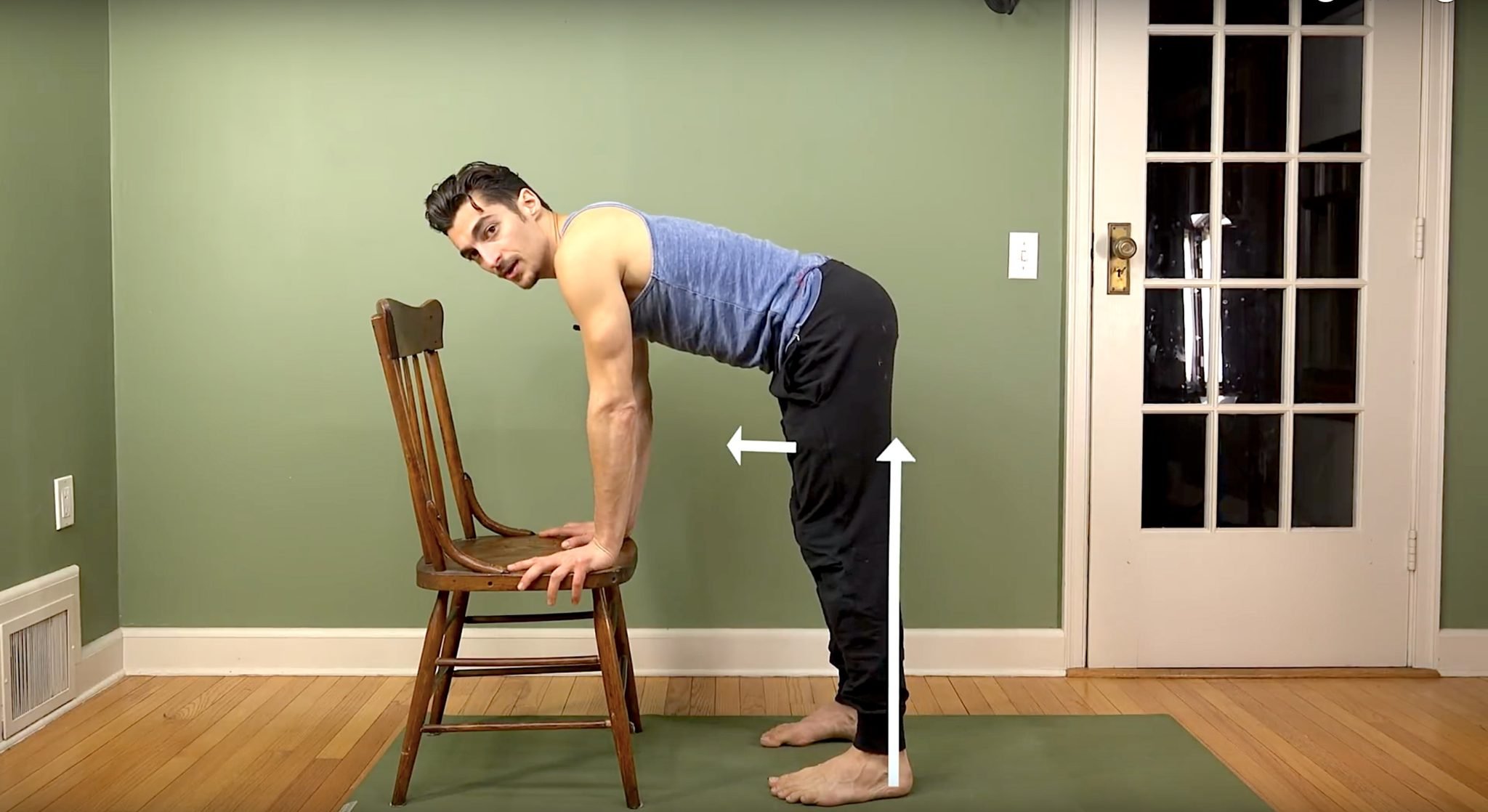
Step 1 - Align Thigh Bones
Align the femur bones so they are vertical. There are many reasons for this. One reason is that the head of the femur (thigh bone) is most congruent in this position, meaning it has the most amount of space for the range of motion to occur. The other reason I do this is to put weight in the hands so that the leg muscles aren’t involuntarily engaging – kind of like starting from a blank canvas. Put more weight in your hands and you can bypass a lot of holding patterns that might exist. Lastly, by leaning forward two things will happen: you will lengthen the calf muscles, and later on when you place the hands on the ground, your calves will activate in order to stop you from falling forward. This becomes a facilitated stretch for the calves without you having to even think about it.
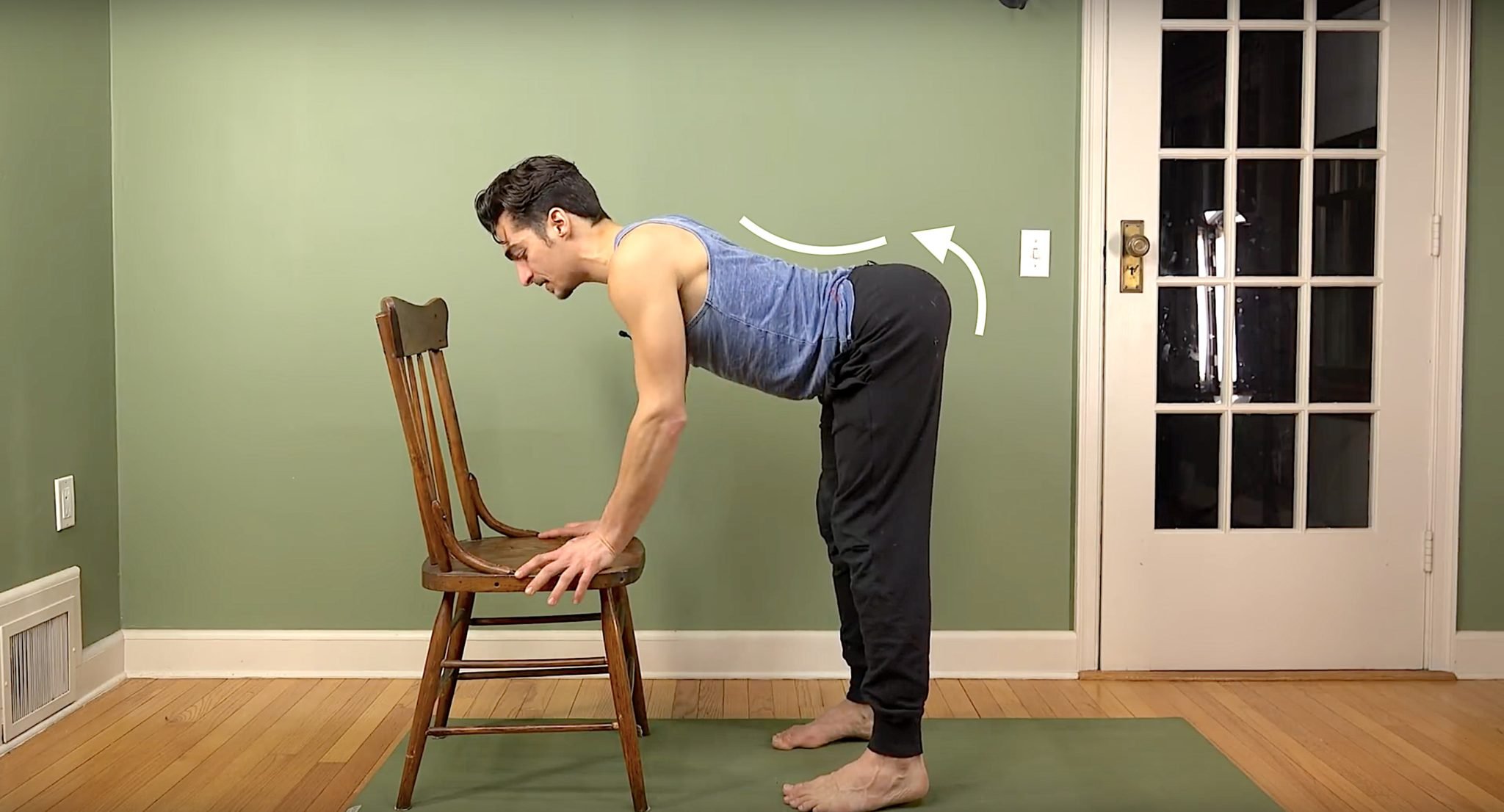
Step 3: Lift Sit Bone
Lifting the sit bones requires two muscle groups to activate; hip flexors and low back muscles. The low back muscles (Q.L, the Erector group) will arch the lumbar spine (low back) and pull the pelvis into anterior tilt (forward fold) which will lengthen the hamstrings upward away from where they attach at the back of the knees. The hip flexors will do the same with the added benefit of reciprocal inhibition (relaxing the hamstrings). This step, with hands on the chair, is what stretches the hamstrings without gravity. It is important to understand that you have a responsibility to observe the level of stretch sensation in the hamstrings while you do this. If your low back and hip flexors are strong you may overpower the hamstrings and cause an overstretch. For this reason, it is beneficial to only go about 60% of the way into the stretch sensation.
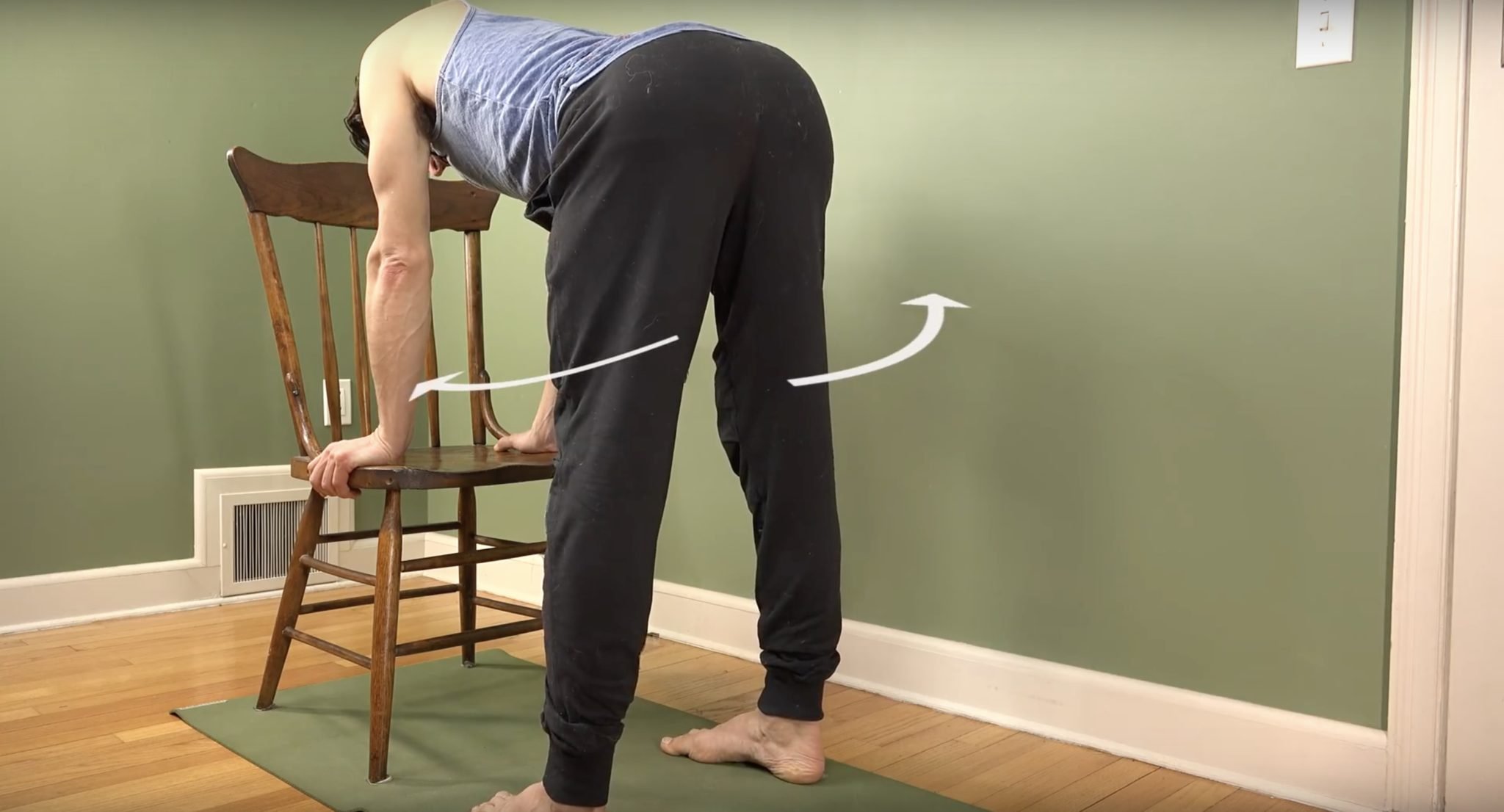
Step 2: Internal Rotation
Pressing the backs of the legs apart will initiate internal rotation of the thigh bones. When moving into a forward fold, if the objective is to lengthen the hamstrings, it is incredibly helpful to rotate the thigh bones inward because it initiates the tip of the pelvis forward (anterior tilt). With this cue, the typical muscles that activate are the abductor group (gluteus medium, gluteus minimus, and tensor fascia lattae, aka T.F.L). Activating the T.F.L, in particular, is helpful because it is also a hip flexor and internal rotator. Activating the hip flexors and internal rotator reciprocally inhibits the external rotators of the buttocks. Reciprocal Inhibition simply means when you activate a muscle group, the opposing muscle group relaxes and lengthens – this is the opposite concept of facilitated stretching.
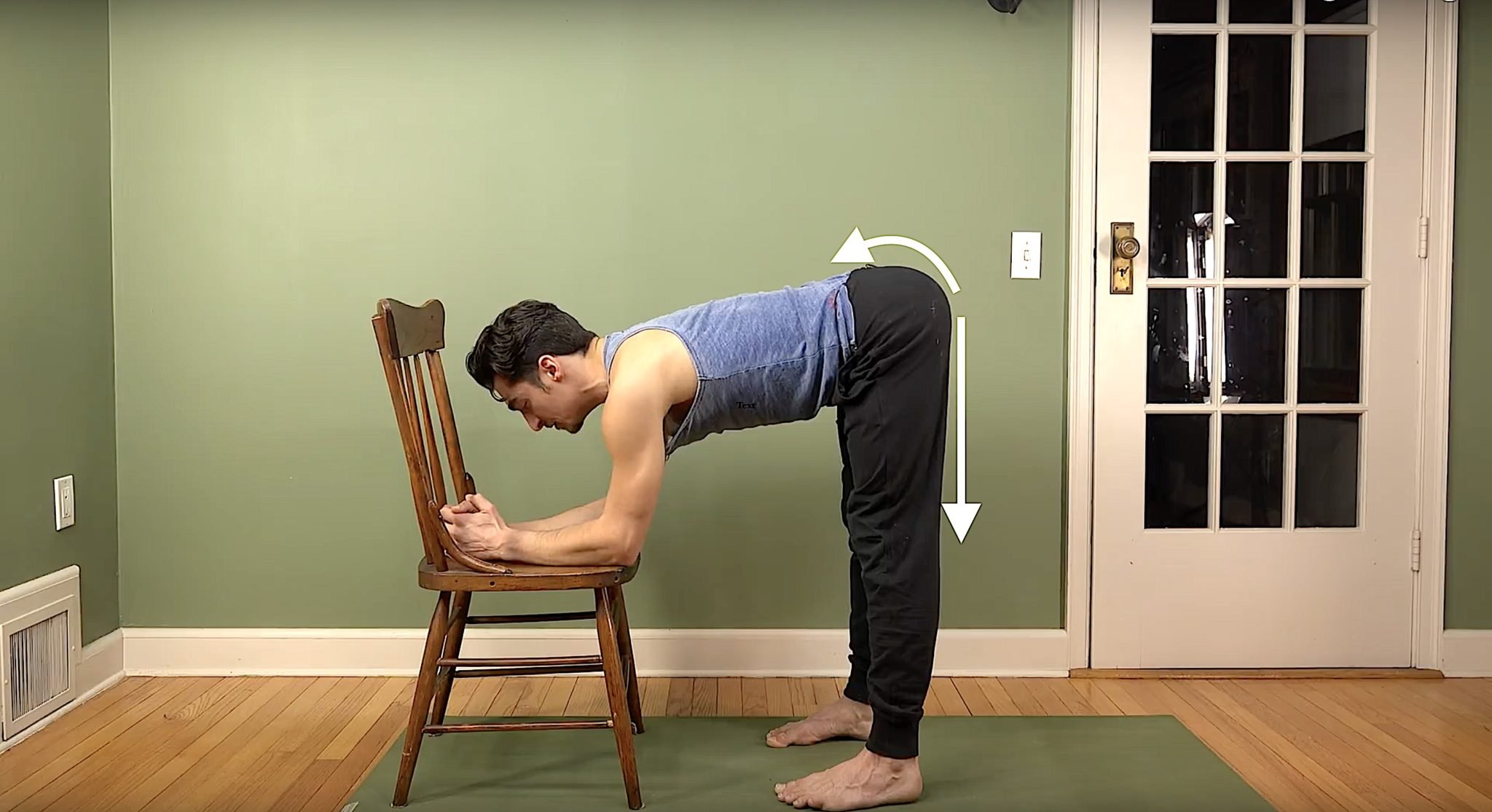
Step 4: Facilitated Stretch
Lastly, to maintain the integrity of the hamstrings we will want to activate them. The ability to engage a muscle regardless of the depth of stretch or length of the muscle is one way to determine the health of the muscle. If you simply work on flexibility but the muscle loses its ability to contract along the way, you run the risk of acute injury or chronic pain. The body is a system, which means that a loss of hamstring integrity could show up as chronic pain in the sacrum, low back, or even neck. Quite often in modern yoga, there is an emphasis on lengthening the hamstrings, and not much on strengthening them, this approach supports both and is why I practice this way and why I teach this method to flexibility. The action I call for in step 4 is to isometrically tuck your tailbone. That means to try to press the sit bones down toward the heels in order to activate the muscles, but maintain the structural alignment of the pelvis (anterior tilt)
KING PIGEON & THE SPLITS
HAMSTRINGS & HEART OPENERS
- Increase flexibility of the hips & hamstrings
- Mindfully awaken your spinal and shoulder mobility
- Bonus: 4 Guided Meditations included
- 12 Intermediate Level Classes
- Learn how to apply the facilitated stretch technique
- 6 Classes focused on King Pigeon
- 6 Classes dedicated to Hanumanasana, The Splits.
$128.00
Many Methods
I personally have seen the massive benefits of facilitated stretching, as well as reciprocal inhibition in my practice and in my students over the last 10+ years. However, there are times where I find passive stretching or even holistic stretching (bouncing) to be more appropriate. Use this approach as one of many tools for yourself, learn it well, and observe the benefits and drawbacks, then you will be able to decide when it is appropriate for you and when it is best to go another way. If you have questions or something to share, please feel free to comment at the bottom of the page. Please share this post if you found it useful, and for a full practice using this approach, check out Hips: Rock and Unlock ‘Em
2 Comments
Submit a Comment
You must be logged in to post a comment.
ONLINE TEACHER TRAININGS
GET CERTIFIED AT THE 200 OR 500 HOUR LEVELS
- 200 Hour Training: Get certified to teach yoga
- 300 Hour Training: Take your certification to the 500 hour level
- Recognized globally by Yoga Alliance
- Take your practice to the next level
- All levels, ages, and experience welcomed
Continue Learning
Eka Pada Bakasana
Eka Pada BakasanaSINGLE LEG CROWEKA PADA BAKASANA Eka Pada Bakasana asks us to balance curiosity with patience. This one-legged crow variation isn’t just about lifting a leg, it’s about organizing pressure, timing, and trust in unfamiliar territory. The posture...
Eight Angle Pose
Eight Angle PoseASTAVAKRASANAEIGHT ANGLE POSE Sometimes we think arm balances are about getting higher, but Matt reframes Eight Angle pose as a mechanics workshop. This posture thrives when we test rotation, pelvic placement, and upper-body stability as interconnected...
Approachable Arm Balances
Approachable Arm BalancesPARSVA BAKASANAAPPROACHABLE ARM BALANCES Approachable arm balances aren’t about fearlessness; they’re about informed action. When we understand the mechanics behind the posture, we gain the power to shape our own outcomes. Rather than jumping...
Perfect Protraction For Crow Pose
Perfect Protraction For Crow PoseBAKASANAPERFECT PROTRACTION FOR CROW POSE When working toward perfect protraction for Crow Pose, it’s essential to understand the role of the serratus anterior, the “fingertip” muscles that wrap around the rib cage and attach to the...
Help For Hamstrings
Help For HamstringsFLEXIBILITYHELP FOR HAMSTRINGS “Yoga butt” or high hamstring tendonitis can be a literal pain where the sit bones meet the hamstrings and glutes. This area is prone to overuse injuries, especially when repetitive forward folds overstretch rather...
Pelvic Floor and Groin Support
Pelvic Floor & Groin SupportCOREPELVIC FLOOR AND GROIN SUPPORT Pelvic floor instability can quietly influence how we move and how safe we feel in our practice. Weakness or imbalance here may lead to groin strains, hip discomfort, or even low-back issues....
NEW RELEASES
-
Sale!
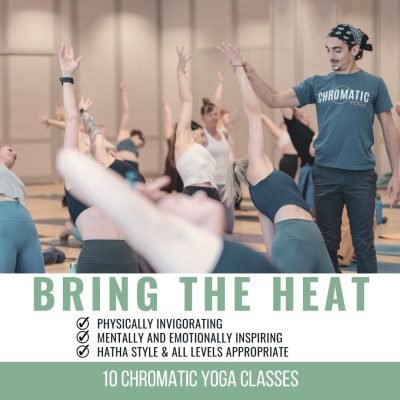
Bring The Heat
Original price was: $168.00.$138.00Current price is: $138.00. Add to cart -
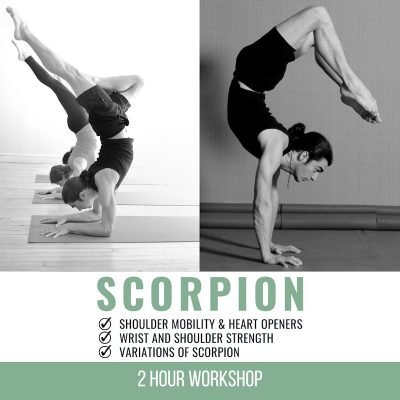
Scorpion-handstand
$34.00 Add to cart -
Sale!
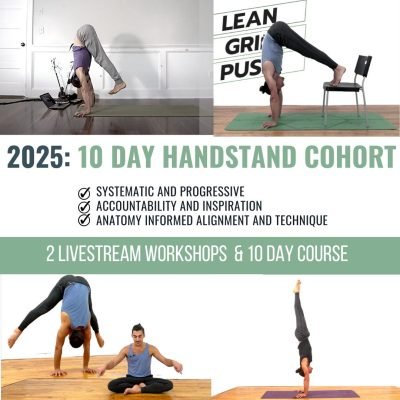
10 Day Handstand Training 2025
Original price was: $498.00.$297.00Current price is: $297.00. Add to cart -
Sale!

Handstand 3 Day Training
Original price was: $995.00.$695.00Current price is: $695.00. Add to cart
THE FREE TECHNIQUE PACK
When You Subscribe, You Will Get Instant Access to
- the Technique Pack: 15 yoga pose breakdowns
- exclusive online course discounts
- exclusive blogs and videos

![Archna Mohan chromatic yoga backbend techniques: 12 classes [backbend technique to relieve back pain "bowing the spine']](https://www.theyogimatt.com/wp-content/uploads/2021/10/Archna-Mohan-chromatic-5.jpg)
![Archna Mohan chromatic yoga backbend techniques: 12 classes [backbend technique to relieve back pain "bowing the spine']](https://www.theyogimatt.com/wp-content/uploads/2021/10/Archna-Mohan-chromatic-6.jpg)
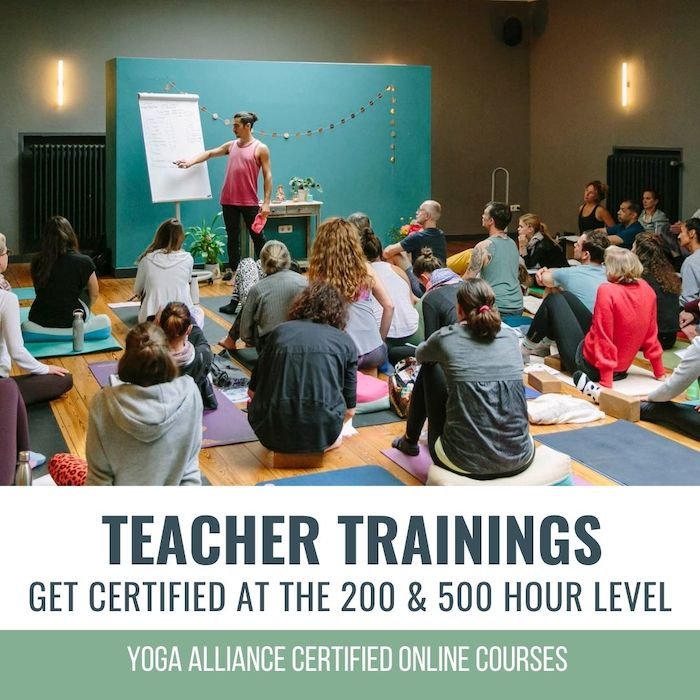
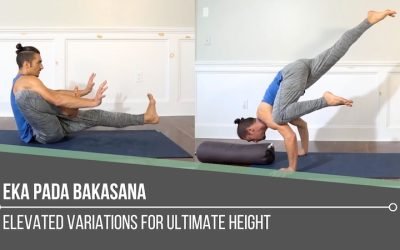
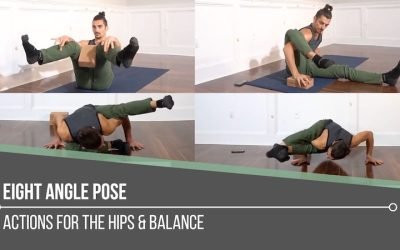
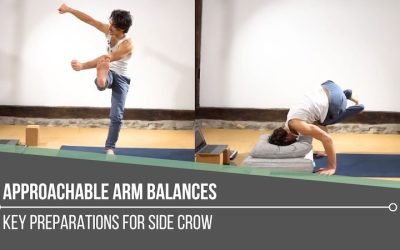
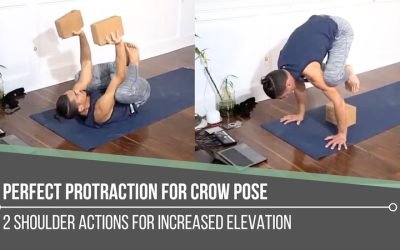
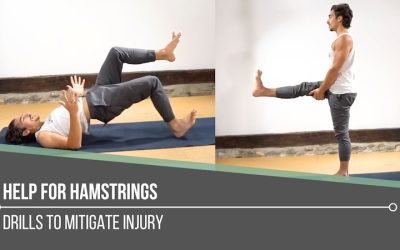
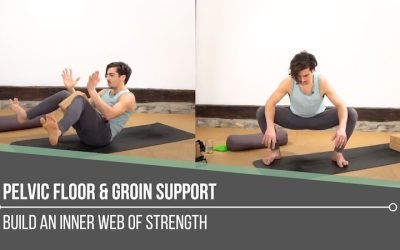
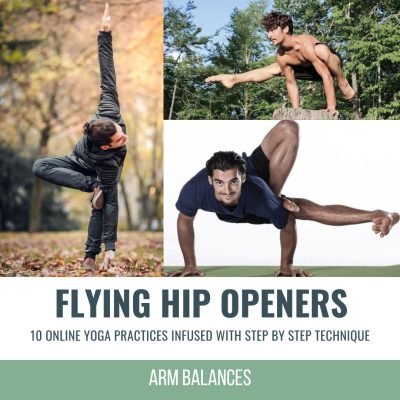
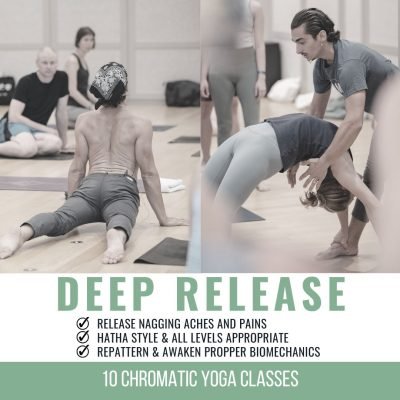
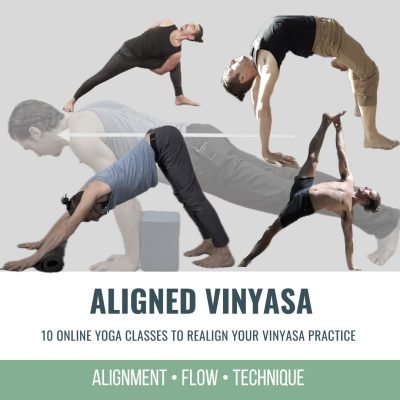
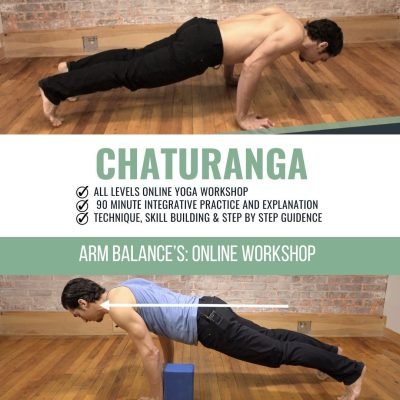


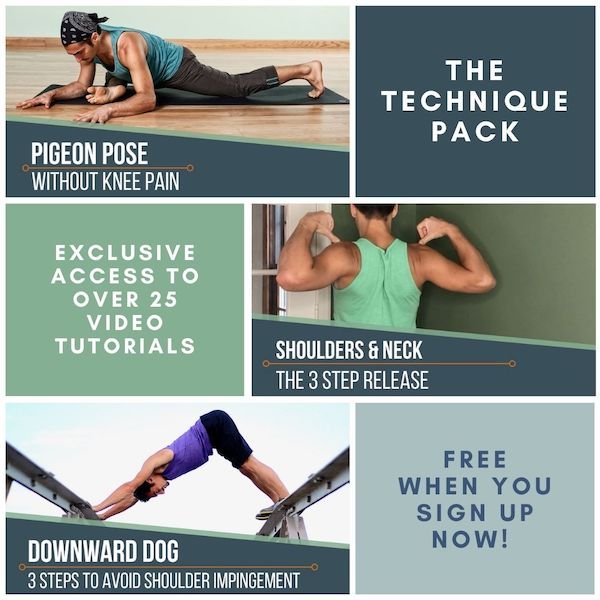
I have yoga butt and didn’t know it was a thing!
I think the most helpful was acknowledging that I am ashamed that my practice (or my bad technique) was the cause thus I denied the pain for a long time.
I’m a teacher / studio owner in France and I’dove to have Matt come over next tour in Europe.
Thanks so much!
Sydney
Hey Sydney, thanks for courageously sharing, I hope to come to your studio soon!!